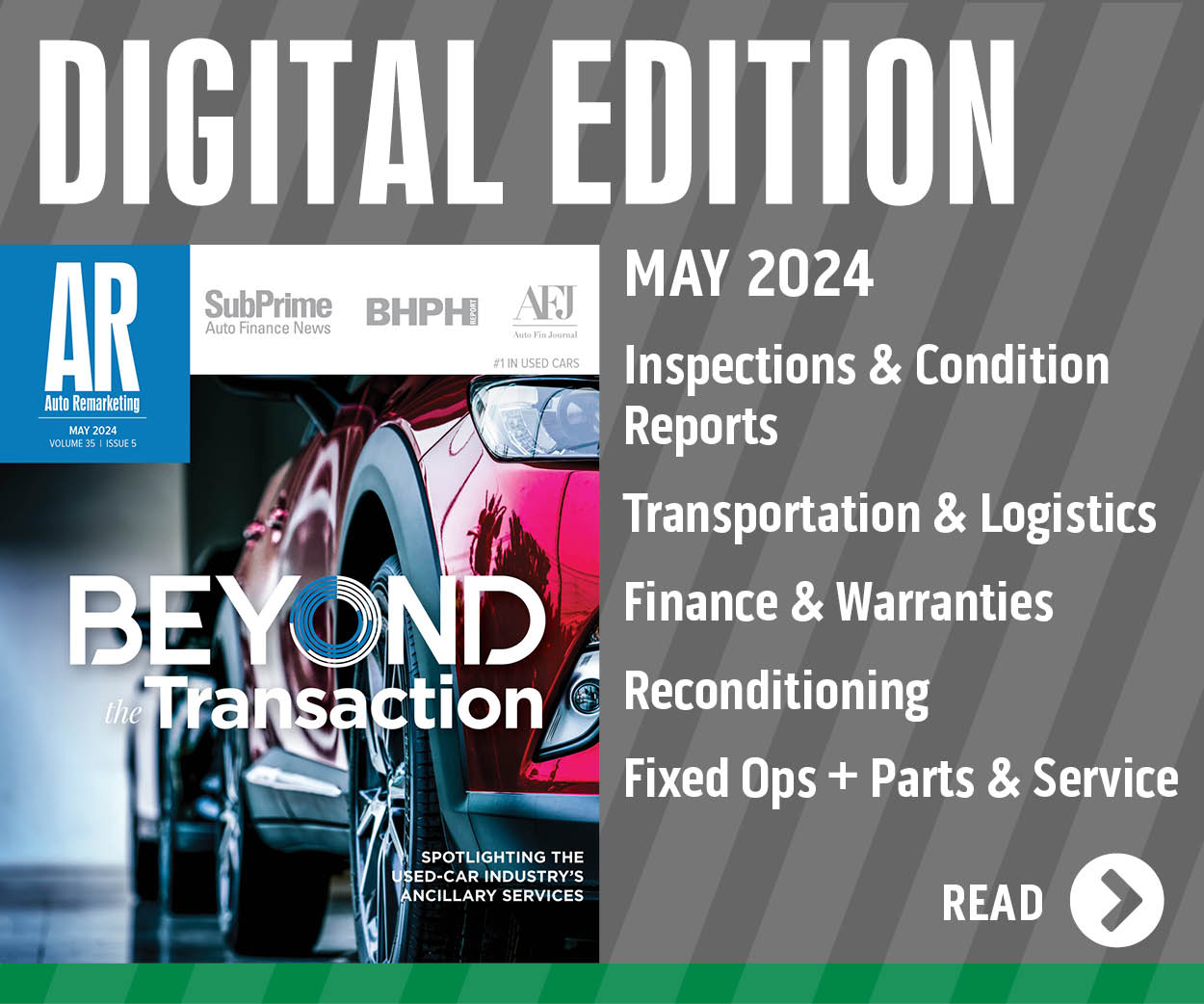COMMENTARY: Advice for independent operators to manage inventory in lean times

Used-vehicle prices are falling, inventory is still difficult to acquire, and economic conditions continue to weaken. These are challenging times for independent dealers.
In times like these, inventory management is key to staying profitable. Here are a few tips to improve inventory management in 2023.
Stay in your wheelhouse
When inventory is scarce, it’s tempting to acquire makes and models that you would not normally sell. This strategy might result in a lot full of vehicles, but slower turn rates.
Dealers spend years building a brand and reputation. If you are known for carrying a good selection of pick-up trucks, you will not be top of mind when customers think economy cars, and vice versa. When it comes to inventory, something is not better than nothing. I’d rather have fewer vehicles that turn faster than a lot filled with vehicles that just sit there.
Another downside of having unfamiliar vehicles on your lot is that your sales team probably doesn’t know how to sell them. Stick to makes and models that your team knows.
Sprinkle in hot vehicles
For every rule there is an exception. Now that I’ve recommended sticking with what you know, I am also going to encourage breaking that rule—on occasion.
If you have the opportunity to acquire a hot car such as a Ford Mustang, Tesla or any hybrid for that matter, you know that vehicle is in demand.
If you work with a marketing company, they should be able to tell you key phrases that car shoppers are using to search for vehicles, as well as the most popular makes and models. Check these terms monthly and adjust inventory strategy as necessary. Google Trends is another source that can tell you which vehicles are trending.
Any time you have a vehicle that is not part of your regular inventory mix, go the extra mile in merchandising. Place the vehicle up on a pedestal at the front of your lot so it can be seen from the road, and make an inventory video to post on your vehicle display pages (VDPs), third-party listings and social media pages.
Track turn time
When inventory costs are high, turn rate becomes more important than ever because every day that a vehicle sits on your lot cuts into profit.
While some dealers count turn rates from the first day the vehicle is on the lot after recon, I encourage tracking turn rates from the day the vehicle is acquired. The day you acquire the vehicle is the day it begins costing you money. The bank doesn’t care when the vehicle is ready to sell, so tracking from acquisition helps to create urgency during the recon process.
The advantage of tracking turn times is that it takes the emotion out of the decision to acquire a vehicle. It’s very easy to let personal bias and recent activity enter into the equation. For example, if you acquire one Ford Mustang and sell it for $3,000 in profit after three days, you might run out to look for another Mustang to acquire—even though historically, Mustangs sit on your lot for 45 days.
Remember, it’s better to sell three cars in 45 days making an average of $1,500 per vehicle, than it is to sell one car every 45 days and make $3,000 per vehicle.
Ramp up marketing
Let’s face it, marketing is an area where there is always room for improvement. For dealers, it is a better strategy to stock fewer vehicles and use the extra time to ramp up marketing efforts so those vehicles turn faster.
First, do an honest assessment of your inventory photos. If you take photos of your vehicles in a cluttered lot with power lines and a busy road in the background, you might want to rethink location. After recon, take the time to drive your vehicles to a nearby park so the photos are attractive and the vehicle is the center of attention.
Please don’t use stock photos. Some dealers still post stock photos as a tactic to force consumers to come down to the lot to see the actual vehicle. This is bad for business because from the consumer perspective, it looks like you’re hiding something. Transparency is always the best policy.
Speaking of transparency, if you want to stay competitive with the Carvanas of the world, post vehicle prices. If you ask the customer to send you their email address in exchange for a price, that customer is gone. In today’s world, transparency is mandatory if you want to attract and retain customers.
If you have a certified pre-owned (CPO) program, make sure all CPO vehicles are featured on the home page of your website with badges that identify them such. On the vehicle VDP, insert two or three slides into the photo carousel that highlight the features and benefits of your CPO program and vehicles.
In 2023, we hope to see an easing of the supply crunch that has affected inventory availability, but it might happen just as the U.S. enters a recession, impacting consumer demand. Smart inventory management allows dealers to maximize profit on every deal, so they can operate efficiently in lean times.
James Virgoe, who is senior vice president of GWC Warranty Sales, has more than 20 years of experience in the automotive industry. Virgoe has a strong track record of managing top-performing territories, developing new channels of business, and building revenue-producing relationships. GWC Warranty is a part of the APCO Holdings family of brands.

 View The Latest Edition
View The Latest Edition

